Japanese culture, as cultures of the majority of other countries, is in many ways shaped by religion. Or is it better to say “religions”? Japan is known for its’ syncretism - traditional Shinto was merged with Buddhism, which came to Japan from India through China and Korea. And we mustn’t underestimate the influence of Confucianism and Taoism, as well as Christianity, that came later and had been oppressed for hundreds of years, but nevertheless has left a visible legacy throughout Japan, especially in Kyushu and Tohoku. And there are local beliefs, unique and enchanting, that are usually almost unknown to the outside world.
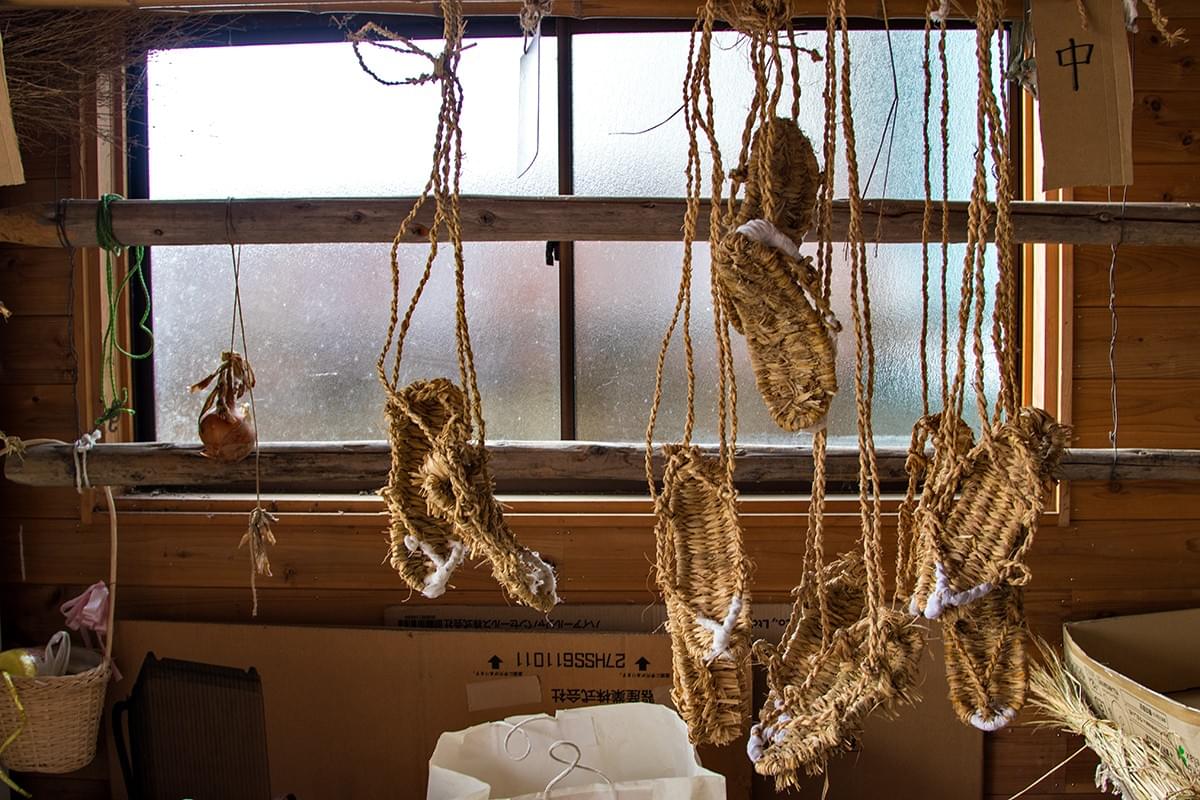
Many local cults that are observed only by locals. Festivals that mean a lot to the inhabitants of a small village lost somewhere in the mountains. It is almost impossible to have a glimpse of those, unless you have some connection with this place. And so these treasured traditions die together with the community, as people move to big cities and the traditional Japanese countryside disappears.
Yet there is a place in Miyagi where you can become a witness of an old tradition, carefully maintained through the years, filled by the countryside community spirit, mystical and fun at the same time - Yonekawa Mizukaburi.
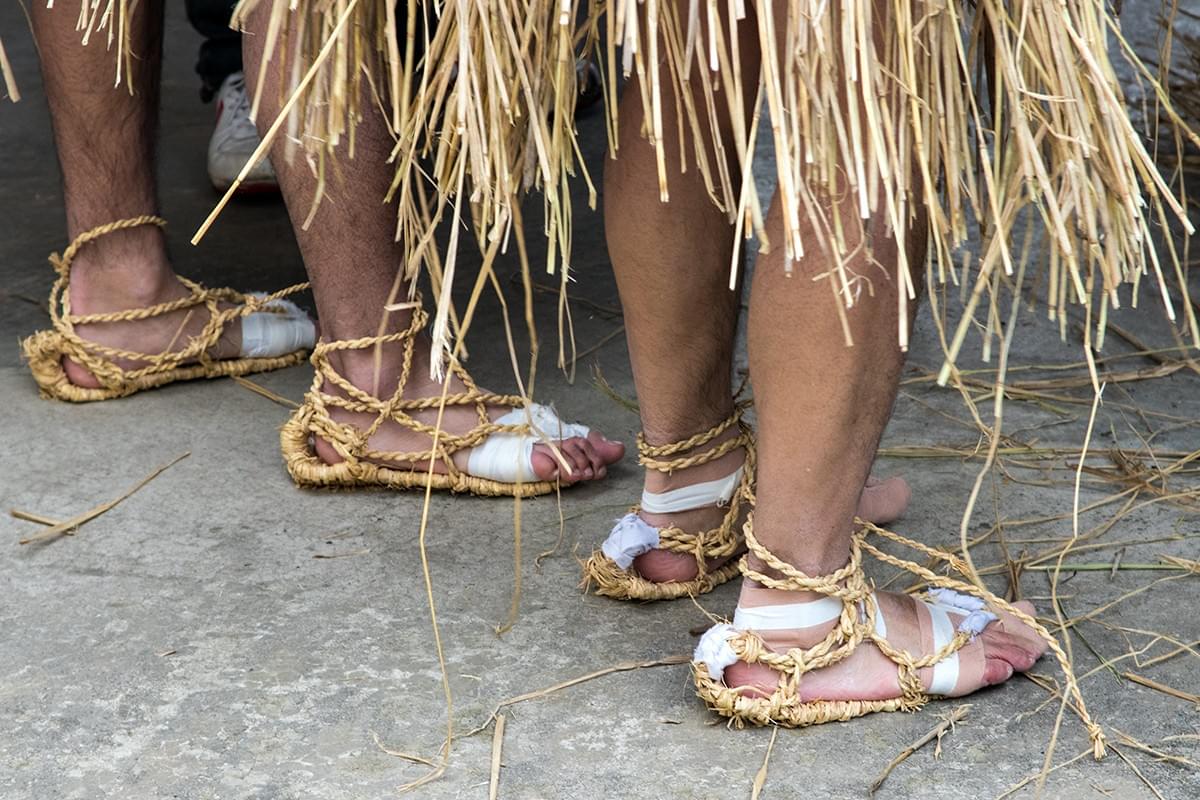
A small village in Tome city - Yonekawa, Itsukamachi quarter. Surrounded by rice paddies, this place looks like it hasn’t changed a lot in the last fifty years. “We don’t have a habit of locking the doors of our houses”, says a local housewife, “We live as a one big family”. A pretty happy family, I would suppose. But this happy family has one big fear, very natural for Japan with its’ wooden architecture - a fear of fire. Itsukamachi is doing great in preventing fires. Men of the quarter have organised a volunteer firefighter squad, which assures that any fire would be tamed as soon as it is possible. But alongside humans, gods do care for Itsukamachi. Yonekawa Mizukaburi is a way to gain the strength and power of gods-protectors from fire.

In the middle of the Itsukamachi, there is a house of Sugawara family, called “Yado” (lodging) by the locals. This is the place where everything starts. In the early morning of the first day of horse in February (the date changes every year), local men gather in Yado to prepare peculiar costumes of straw for the divine messengers who will pray for the safety of Yonekawa.

Men work almost silently. Some comments about the weather, a brief conversation about the party which is to be held in the evening - and again, complete silence. They seem totally absorbed by their work. Some of them will wear these costumes today. Only locals participate in the ritual. As I was told by one of the men, once they had participants from a village nearby, and a great fire occurred that year. Since then, outsiders can only watch ritual from aside.
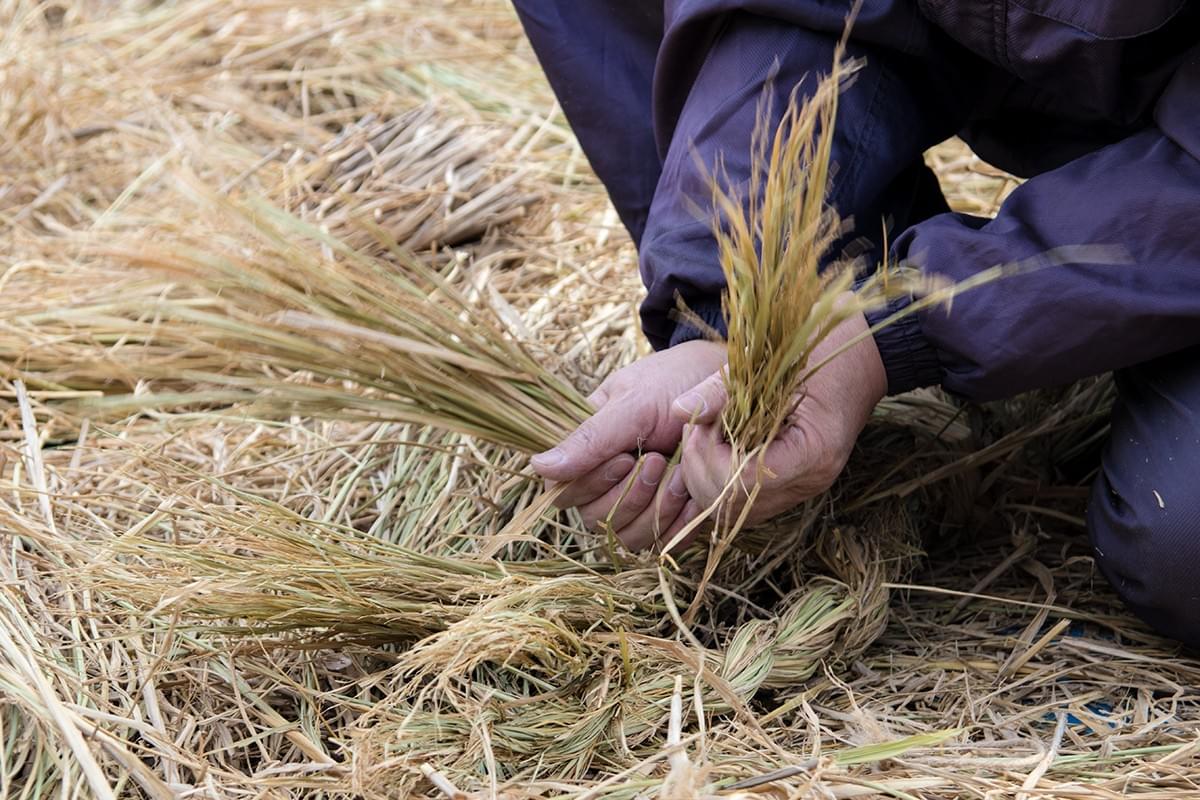
Suddenly something happens. Two strange figures appear. A man in a buddhist monk’s robs and a woman with a carrying pole, both wearing masks that cover their faces completely. These are Hyottoko (Hi-otoko, fire man) and his wife Okame. “Are they played by locals?” I ask one of the organisers of the event. “They are not being played, two people from our community simply offer their bodies to the gods and become Hyottoko and Okame for a day”, explains the organiser, “and it is a secret who exactly become god vessels. We don’t need to know that.”

Meanwhile, men who are chosen the divine messengers start to dress. Three young boys are among them. This is their debut as almost grown-up members of the community. Before putting on the straw costumes, men put some soot on their faces.
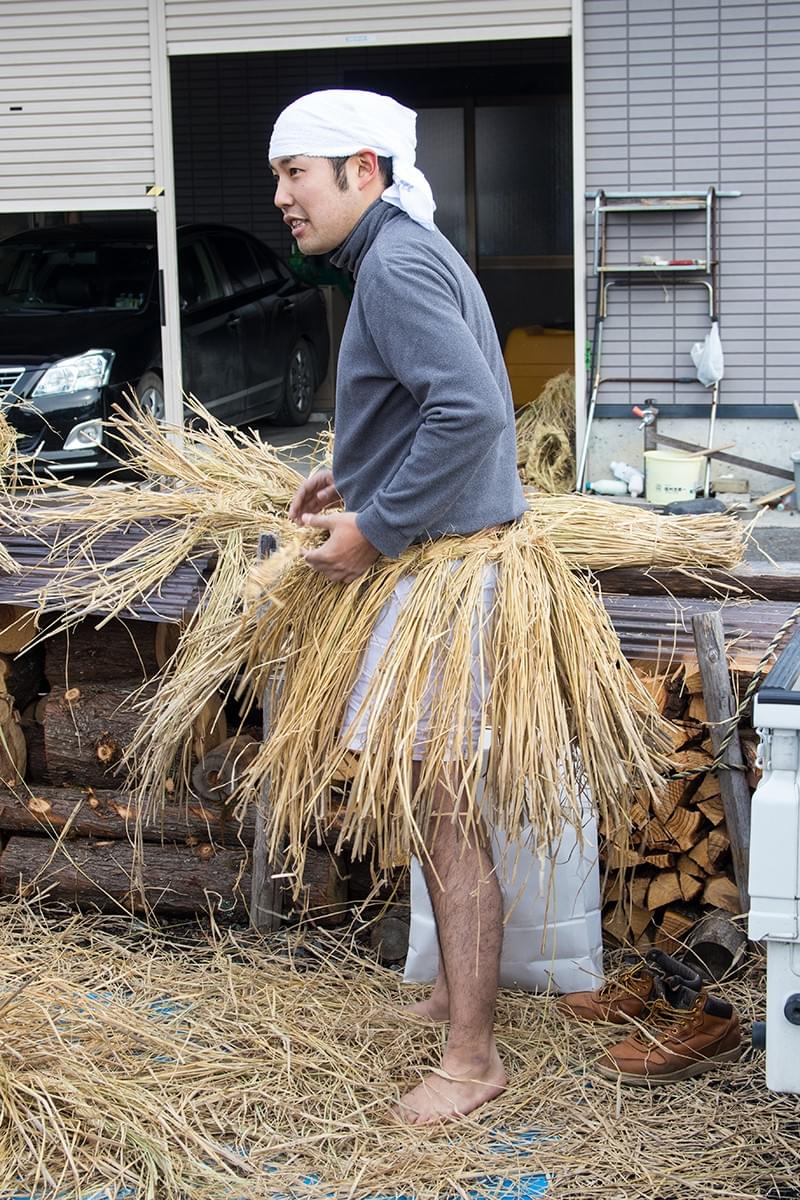
As a result, they indeed look like straw figures which came to life.
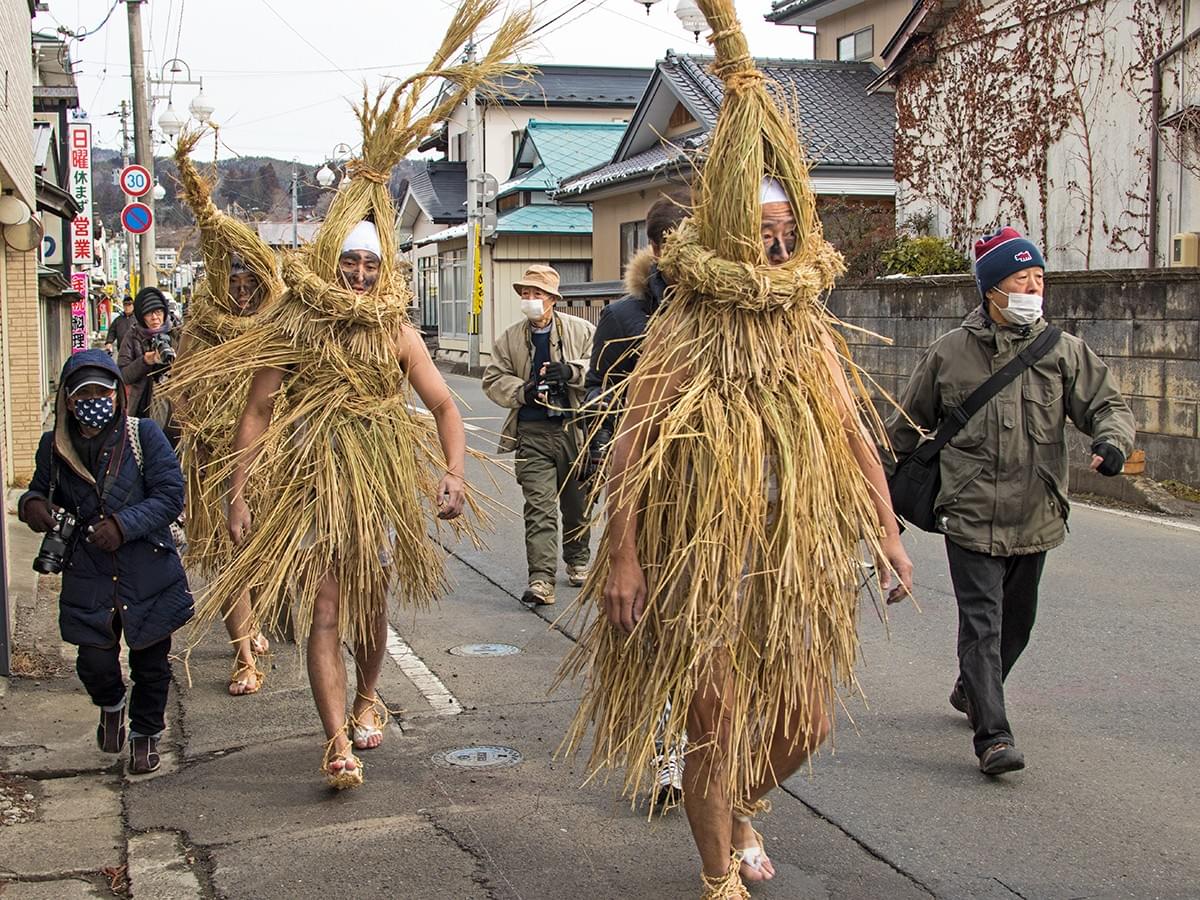
Led by Hyottoko and Okame, they depart for Daijiji temple, where locals gather to witness the start of the ritual.
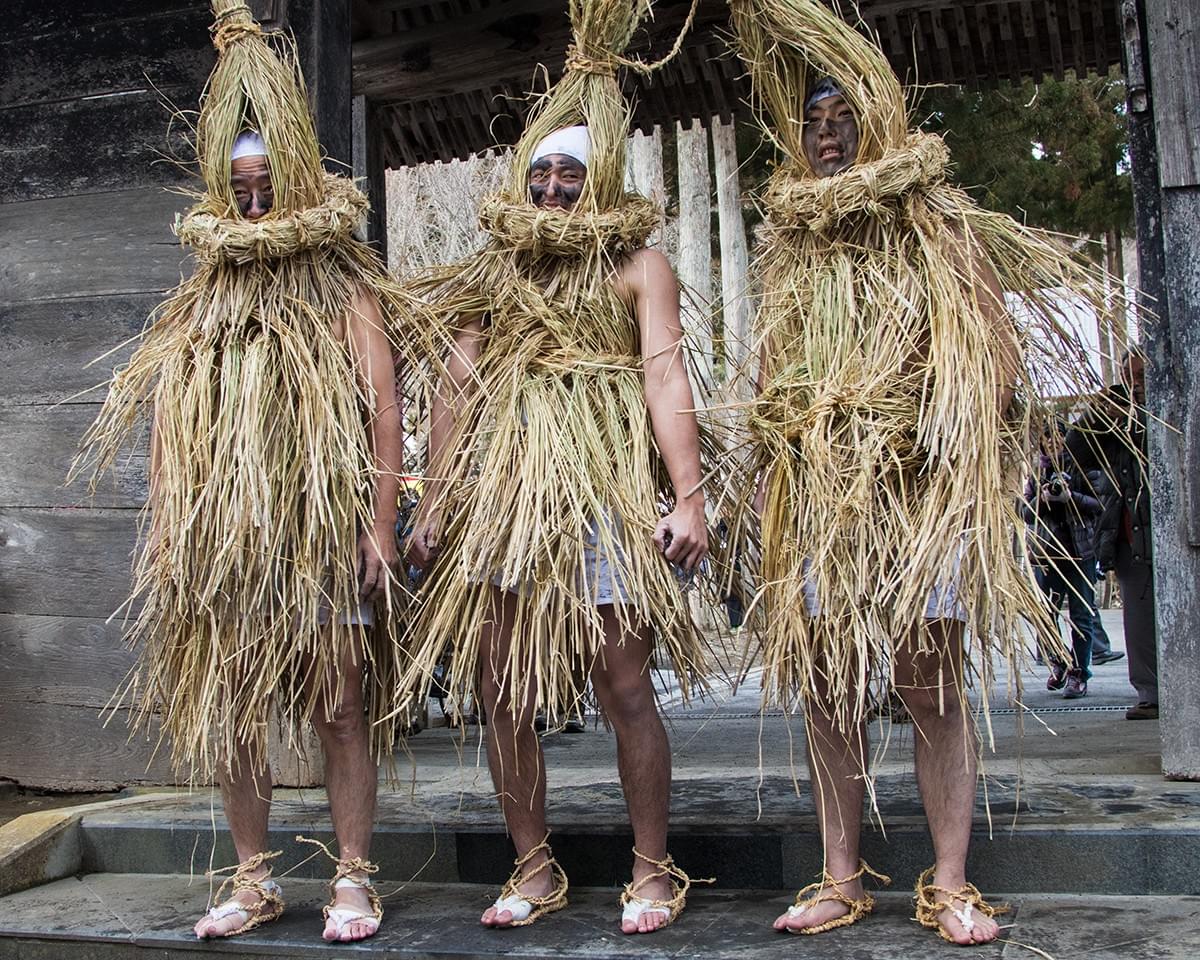
It’s cold. Tome city is colder than Sendai, and people in Daijiji are all dressed in warm clothes. Many are eating delicious soup, which is being served right here, in the temple territory.

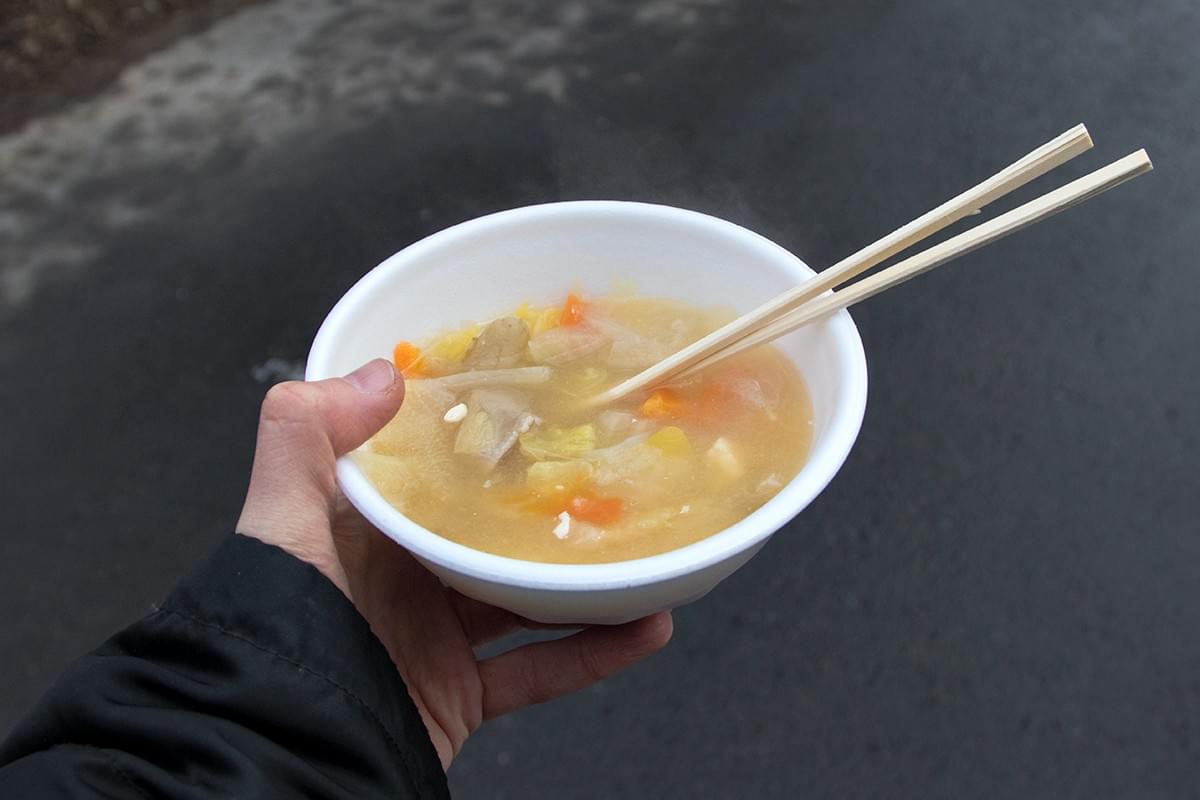
Before the festival starts, children from a nearby school show Shishi-odori - lion dance.
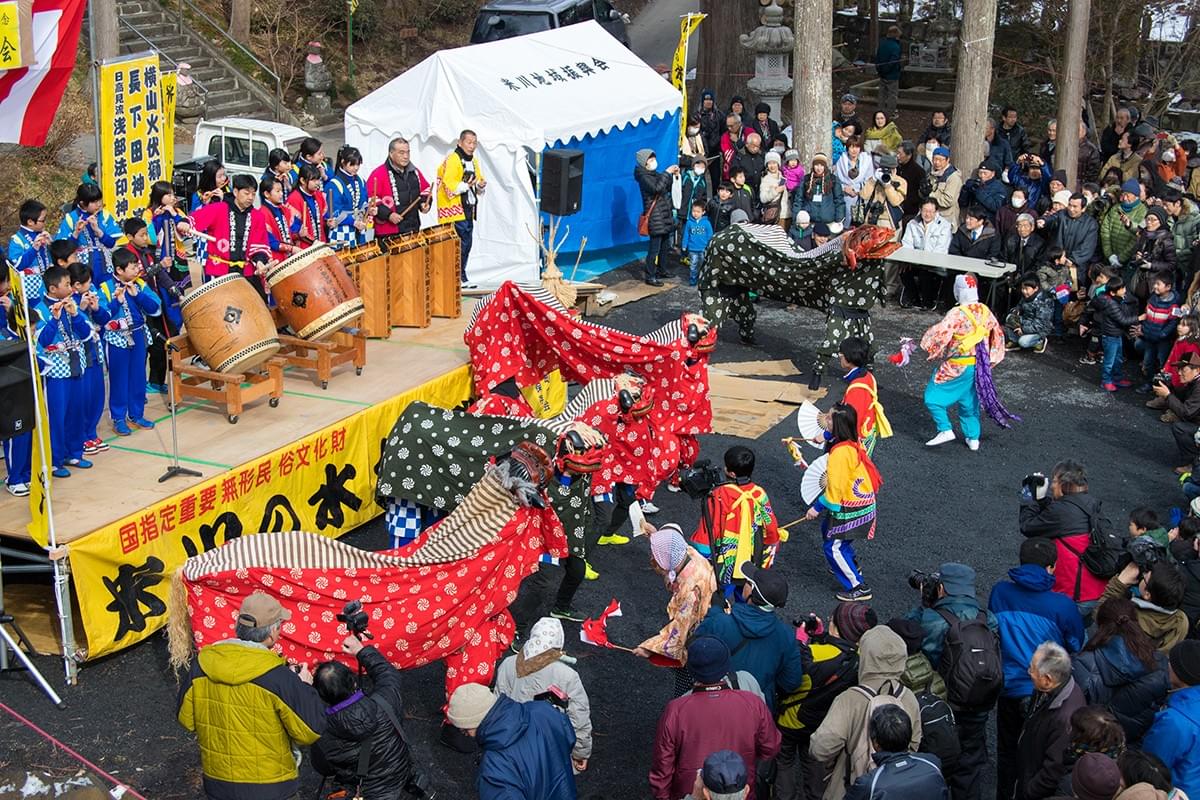
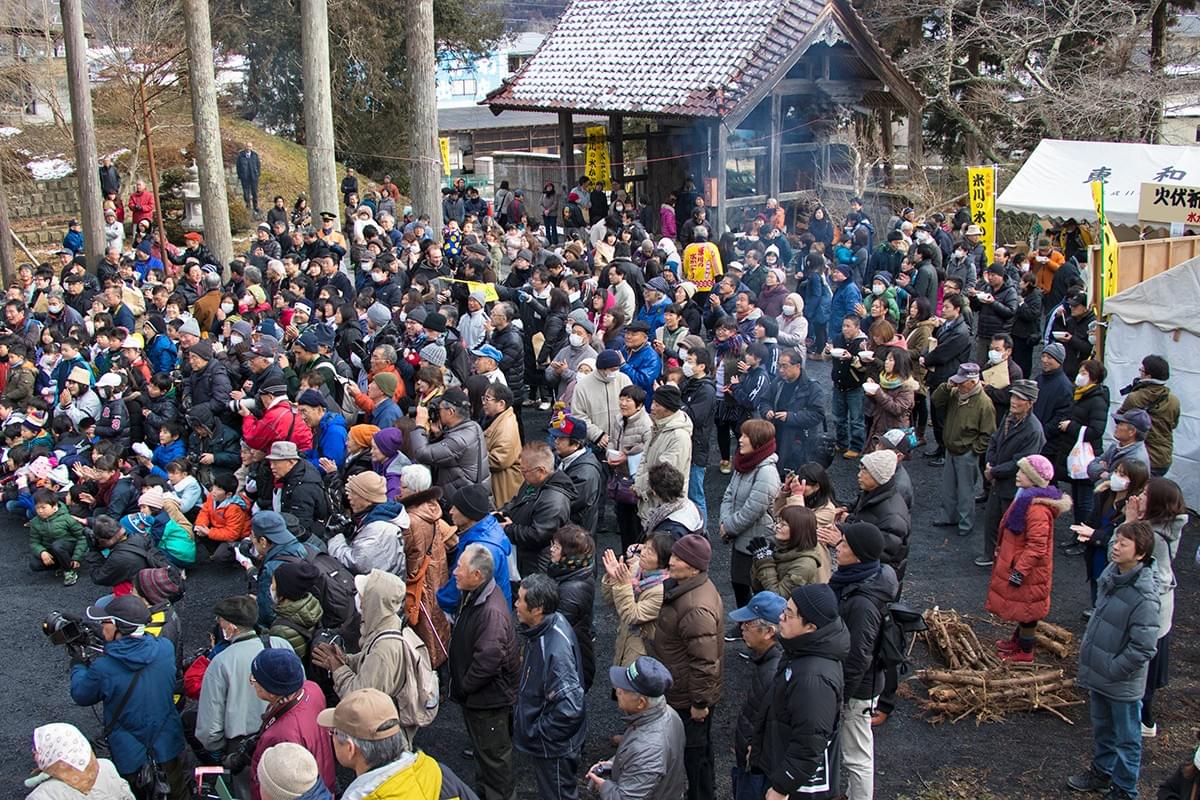
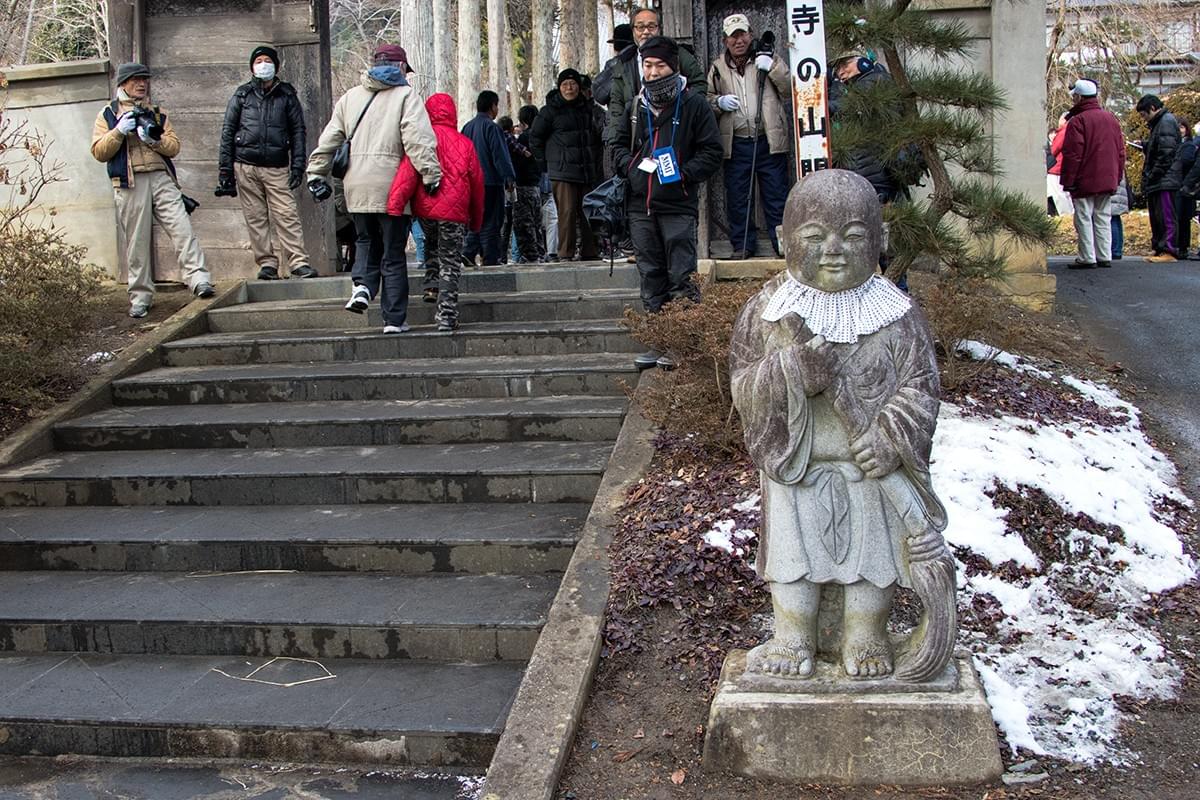
And finally here they are - the divine messengers. They head for a small shinto shrine in the temple’s territory - Akiba-Daigongen, that enshrines the protector from fire. A buddhist priest leads their prayer.
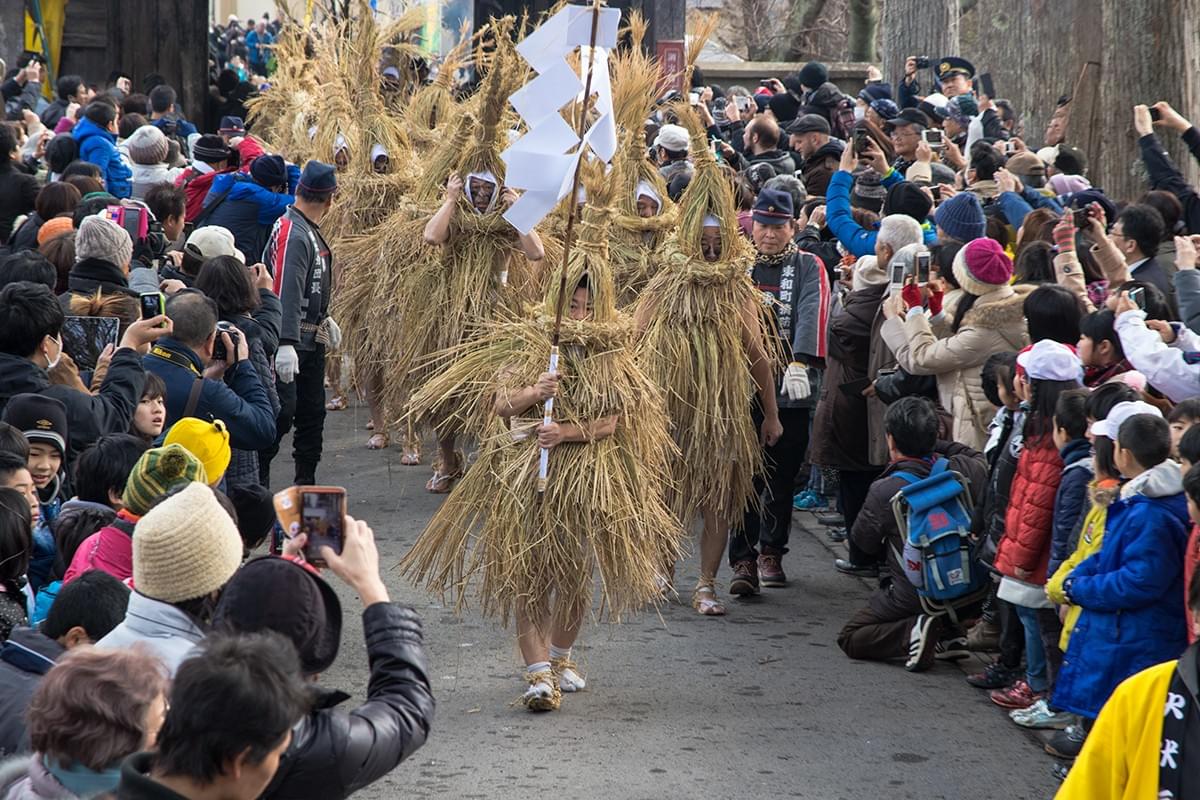
The crowd waits in excitement - everyone has already prepared their houses to be protected from fire by putting a wooden pail filled with water outside the house, and they can’t wait to see what comes next.

The prayer is over and straw figures, together with the whole crowd, move to the town.
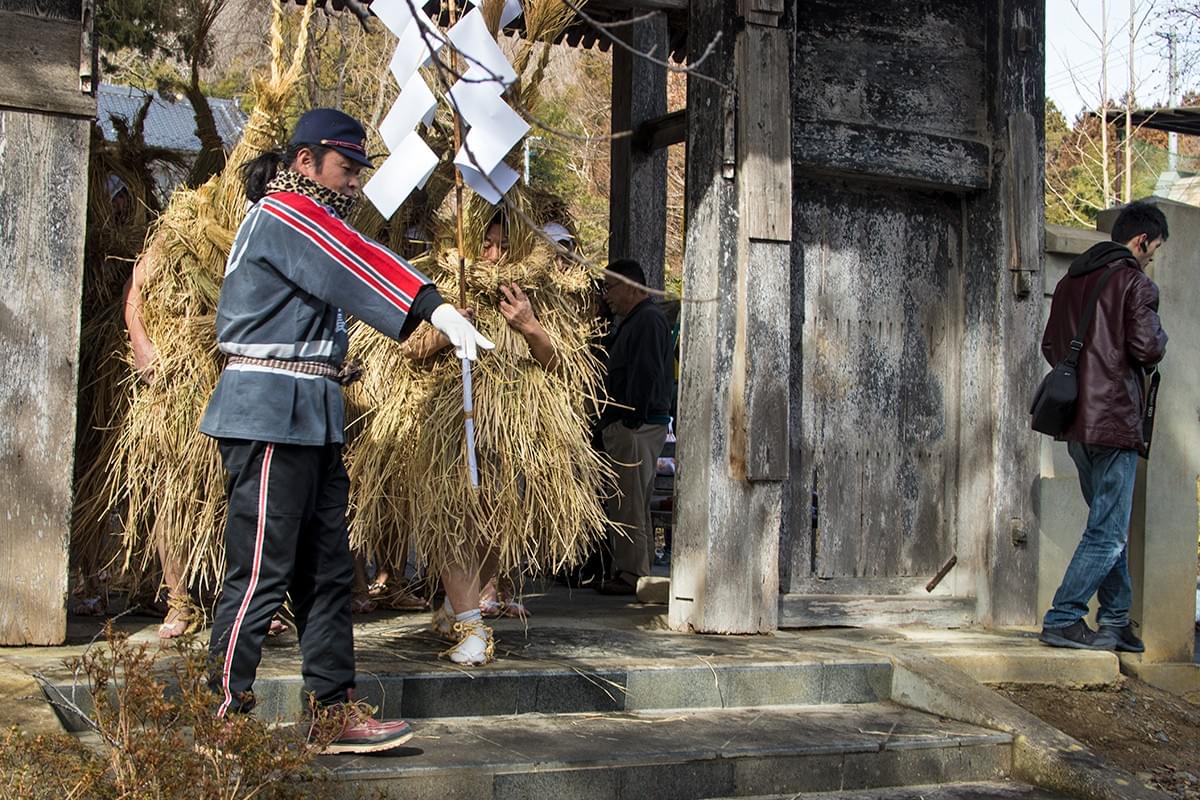
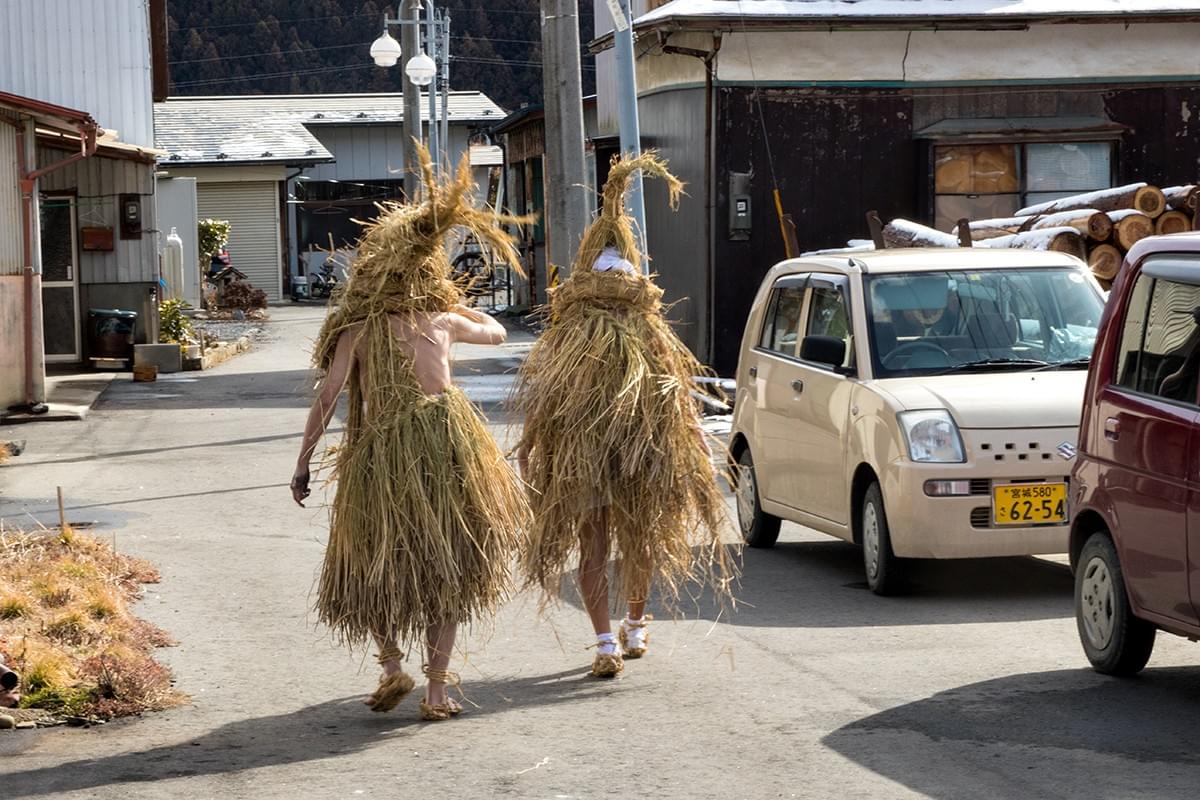
Here is where the fun starts - divine messengers move around Itsukamachi, stopping at every house and splashing the water from the pails onto the houses and the crowd.
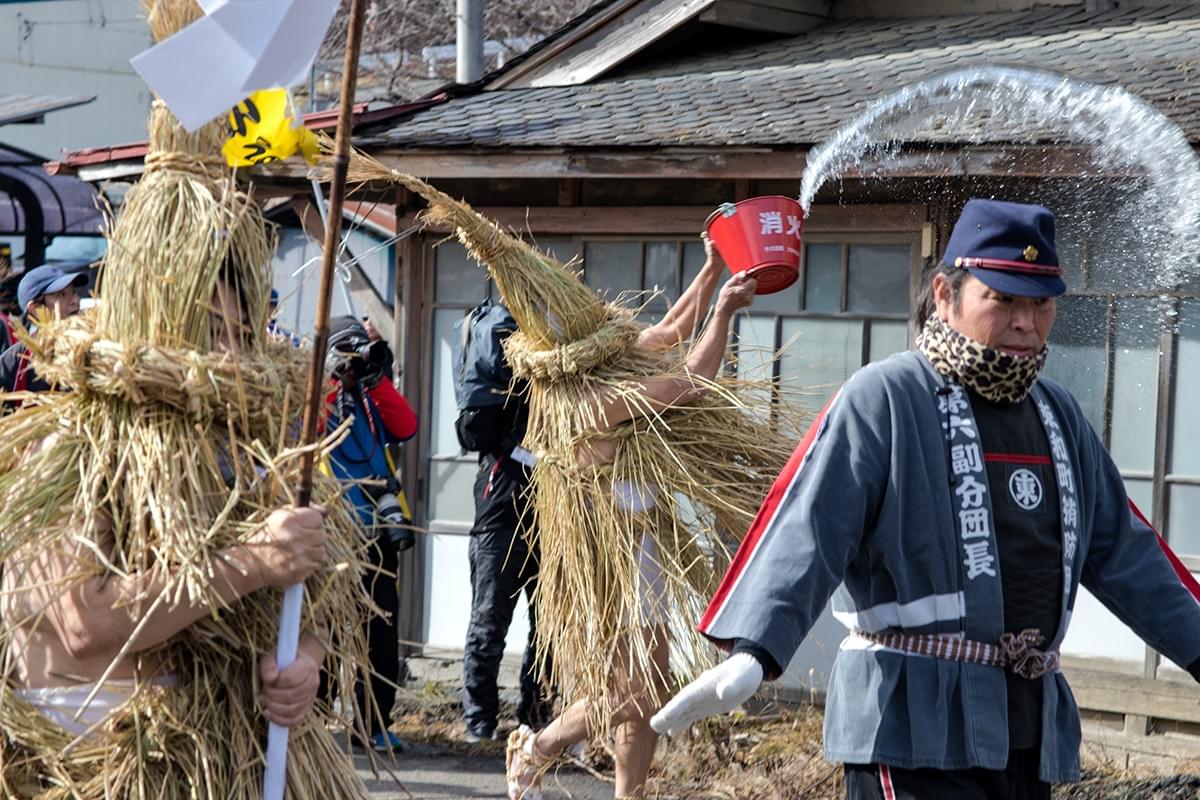


They move very quickly, cooing in a distinctive manner, and it seems like they don’t care about the cold, as long as they are inside this magical world of ritual. People around them try to pull a piece of straw from the costume - that would become an amulet and be kept on the roof of their house. One boy is extremely lucky - he got a whole head - one of the messengers lost it on the way.

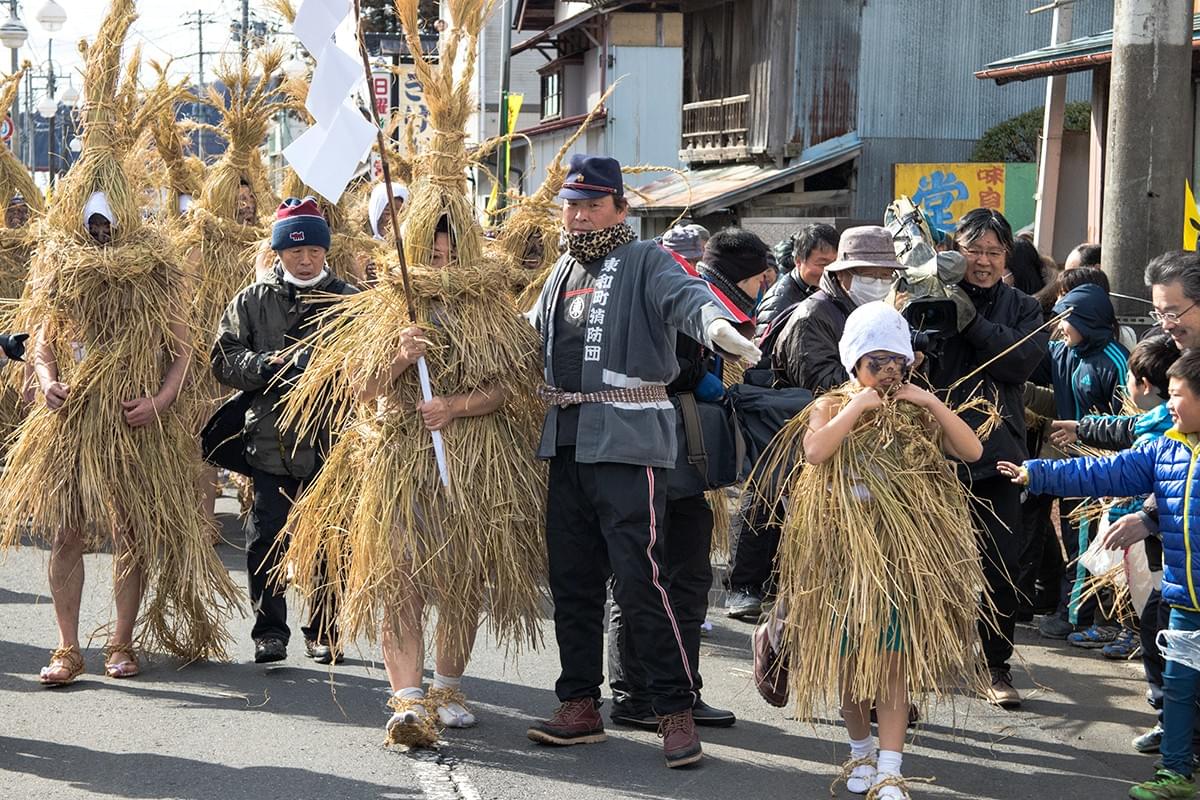
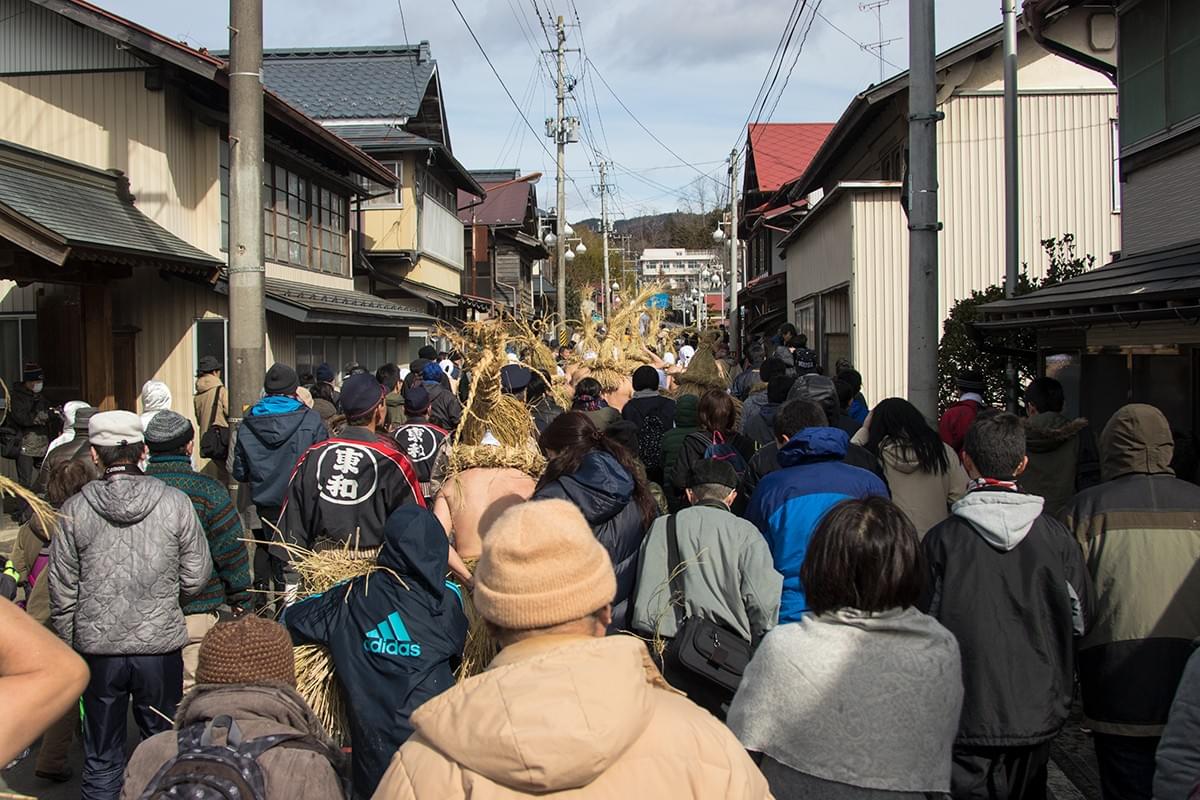

The procession ends at two shrines - Hachiman jinja and Wakakusa jinja, separated by a road. The men take off their clothes and suddenly shiver - now they are back to reality.


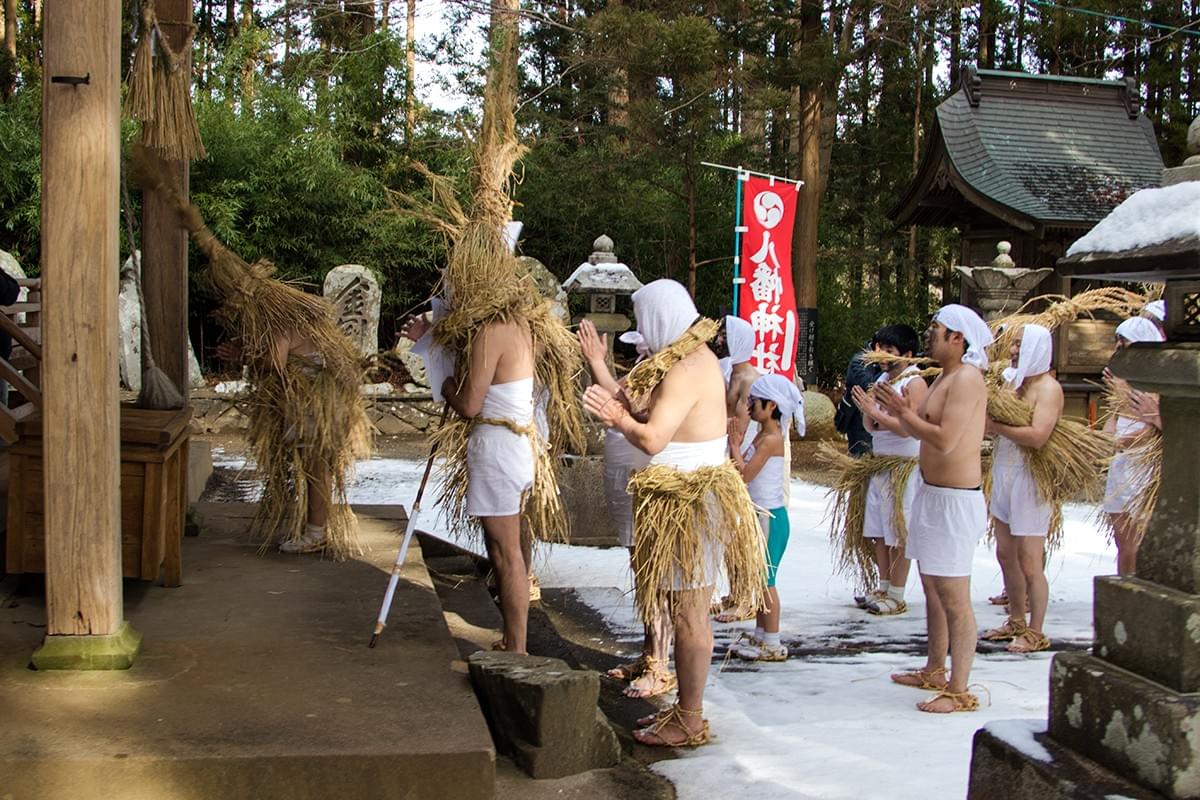

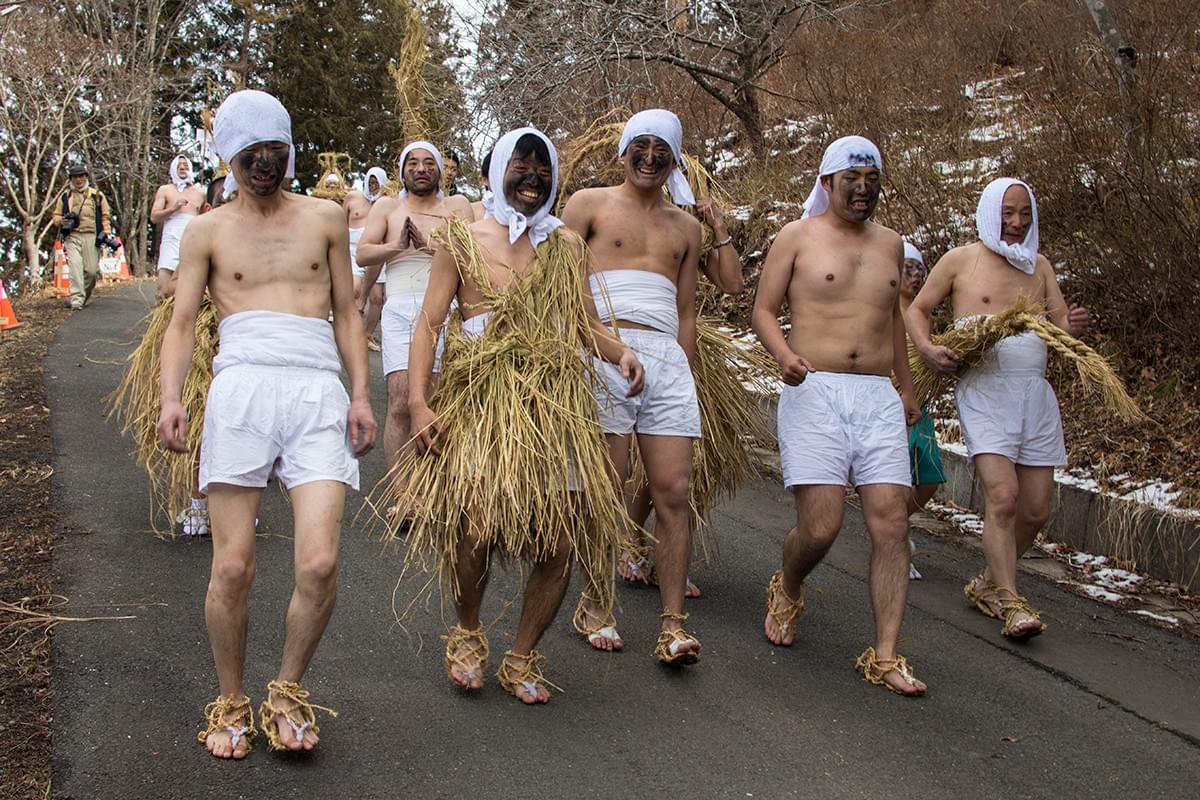
In the evening, we all gather to “Kasakoshi” - a traditional dinner party that used to take place at Sugawara’s house, but lately moved to Itsukamachi Hall to accommodate as many people as possible. Tonight, a local young man marries a girl from Osaka, who came with her friends from Nara University for the event. A whole comedy-style wedding is arranged for them, and this warm and touching welcome to the young couple adds a final accent to the day.
“We love festivals. We, people of Itsukamachi, love to have fun. Maybe this is what actually protects us”, says one of the locals. I think, the gods love to have fun, too. And every year they have a great time at Yonekawa Mizukaburi festival.



This article was made possible thanks to BAKKE

